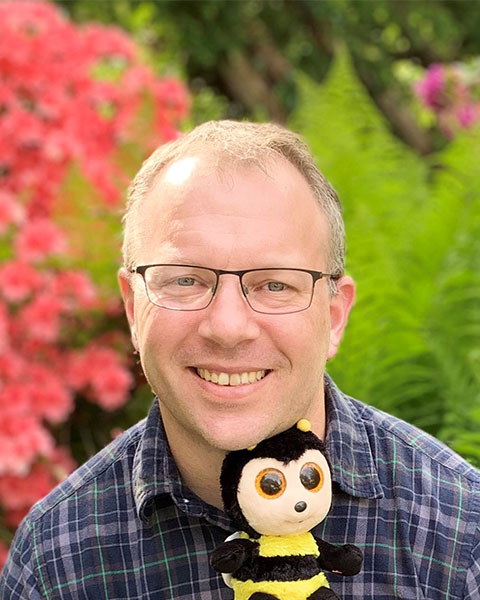P-IE
10-Minute Paper
10-min: P-IE, Pollinators and Pollination
Optimization of pollinator seed mixes from low resolution data
On-Demand

Bethanne Bruninga-Socolar
Albright College
Reading, Pennsylvania- DC
Daniel Cariveau
University of Minnesota
Saint Paul, Minnesota 
Eric V. Lonsdorf
University of Minnesota
Saint Paul, Minnesota
Presenting Author(s)
Co-Author(s)
Wild bee species are declining due to habitat loss and other environmental stressors. Restoration of pollinator-friendly habitat is an important tool for mitigating these declines. Current efforts to restore wild bee populations rely on enhancing forage resources for bees by planting diverse seed mixes of flowering plants. However, seed mixes can be prohibitively expensive, with some pollinator seed mixes costing over $1,000 per acre. Previous research applies a genetic algorithm to plant-pollinator species interaction data to generate optimal plant species mixes. The optimization maximizes the bee diversity supported by candidate mixes while minimizing their cost. The plant-pollinator species interaction data are time-consuming and expensive to collect, requiring hundreds of hours netting individual bees and expert plant and bee species identification. One alternative to large, intensive data sets is smaller, local data sets composed of coarse plant-pollinator interaction data, e.g. records of bumblebee (Bombus) species visitation to plant species, or data collected on fewer sampling days or at fewer sites. Such smaller data sets are easier and cheaper to build and may be collected by land managers or citizen scientists. To evaluate if smaller, less-intensive data sets could substitute for larger more-intensive data collection in seed optimization models, we compare the seed mixes created by an existing optimization model from smaller data sets versus a large data set. We compare how much of the total bee diversity (number of species) in the large, intensive data set is supported by seed mixes optimized from the smaller data sets.

